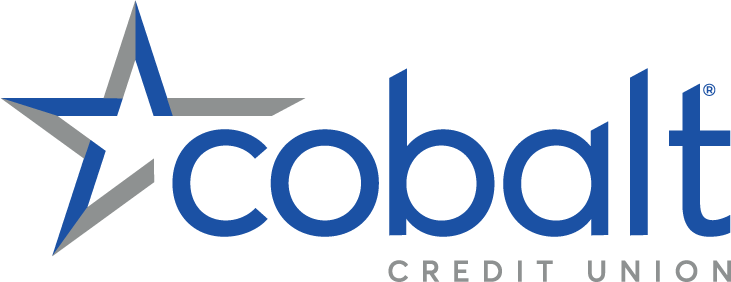
Understanding the differences between home equity loan options can be tough. How do you know which one is the best one for you? Both home equity loans and HELOCs use your home as collateral, so they usually have much better interest terms than personal loans, credit cards, and other unsecured debt. This makes both options extremely attractive but knowing the difference between home equity loans and HELOCs will help you determine which one is right for you. While both have similarities, each can provide you with cash flow in different ways.
Home Equity Loan
A home equity loan is a loan against the value of your home, paid to you in a lump sum. This lump sum payment makes it an attractive option for large, one-time expenses, such as getting a new roof or funding a large-scale home renovation. Home equity loans give the borrower a lump sum up front, and in return, they must make fixed payments over the life of the loan. Home equity loans also have fixed interest rates.
Pros of Home Equity Loans:
- Receive a lump-sum payment at a fixed interest rate.
- Pay a fixed monthly payment over a set period.
- Choose from long repayment terms for affordable monthly installments or select a shorter term to pay off debt quickly.
- Borrow at lower rates than personal loans or credit cards because a home equity loan is secured by your property.
- You may be able to deduct interest on qualified home equity loans used for home renovations. (Consult a tax advisor.)
Cons of Home Equity Loans:
- You will have to pay a second mortgage on top of the primary mortgage.
- Your home is used as collateral, which means you could lose it to foreclosure if you stop making payments on your home equity loan.
- You could pay a higher interest rate for a home equity loan than a HELOC because the rate is fixed for the life of the loan.
- You could tap too much equity at once, which can work against you if property values in your area decline.
HELOC - Home Equity Line Of Credit
A HELOC, or Home Equity Line of Credit, is a revolving line of credit secured against the value of equity in your home. With a HELOC you are given credit up to a predefined maximum amount, like a credit card. You can utilize that credit line for expenses such as home renovations, or to consolidate higher-interest debt. Because the credit line remains available for a long time — a typical draw period is 10 years — it is an effective way to fund ongoing, or future, projects.
HELOCs have a variable interest rate, and the payments are not usually fixed. With a HELOC you only pay interest on the amount you borrow.
Pros of HELOCs:
- Tap into funds repeatedly without reapplying for a loan.
- Borrow exactly what you need, when you need it and only pay back that amount, plus interest.
- You may be able to deduct interest on qualified HELOCs used for home renovations. (Consult a tax advisor.)
Cons of HELOCs:
- Loan payments and interest charges can fluctuate.
- Access to a credit line can tempt some people to overspend.
- If you cannot make payments, you could end up losing your home because it is used as collateral for the line of credit.*
How to calculate your home equity
To find out how much equity you have built up in your home, subtract the amount of money you owe on your mortgage from your property’s value. Your financial record will determine how much of your equity a lender will let you borrow.
The amount you owe on outstanding home loans divided by the market value of your home is considered the combined loan-to-value ratio.
An example: Your home is worth $300,000, and you owe $150,000. If you divide 150,000 by 300,000 you get 0.50, which means you have a 50% loan-to-value ratio. A lender that allows a combined loan-to-value ratio of 80% would grant you a 30% home equity loan or line of credit, for $90,000.
Cobalt Credit Union has both home equity loan and HELOC options. Our Mortgage Loan Officers would enjoy taking you through the process. The difference between home equity loans and HELOCs that were discussed in this blog post, help you start to consider the options available to you, and what might work best for your unique situation.
*See the rates page for full disclosures.

